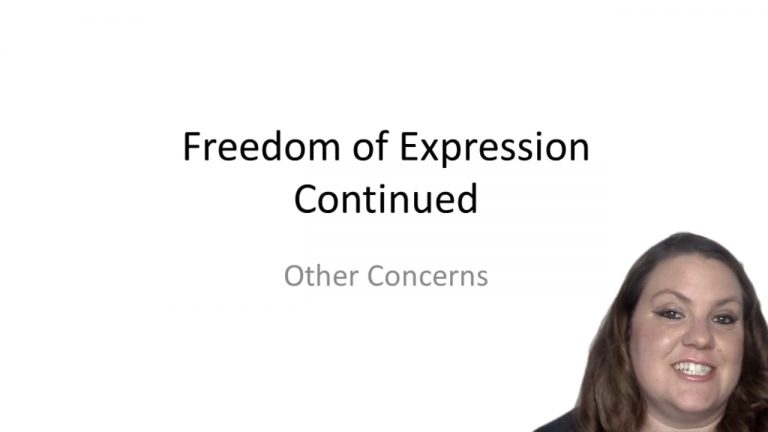SmartBrief
Confirm favorite deletion?
Constitutional Law Keyed to Maggs
Brandenburg v. Ohio
Citation:
395 U.S. 444 (1969)
InstructorMatthew Steinberg
CaseCast™ – "What you need to know"
Facts
The appellant, a leader of a Ku Klux Klan group, was convicted under the Ohio Criminal Syndicalism statute for advocating the duty, necessity, or propriety of crime, sabotage, violence, or unlawful methods of terrorism as a means of accomplishing industrial or political reform and for voluntarily assembling with any society, group or assemblage of persons formed to teach or advocate the doctrines of criminal syndicalism. The record shows that a man, identified as the appellant, telephoned an announcer-reporter on the staff of a Cincinnati television station and invited him to come to a Ku Klux Klan rally to be held. The prosecution’s case rested on the films and on testimony identifying the appellant as the person who communicated with the reporter and who spoke at the rally. The films showed hooded figures carrying firearms and they uttered incomprehensible phrases but could be understood that were derogatory of Negroes and Jews.
Only StudyBuddy Pro offers the complete Case Brief Anatomy*
Access the most important case brief elements for optimal case understanding.
*Case Brief Anatomy includes: Brief Prologue, Complete Case Brief, Brief Epilogue
- The Brief Prologue provides necessary case brief introductory information and includes:
Topic:
Identifies the topic of law and where this case fits within your course outline.Parties:
Identifies the cast of characters involved in the case.Procedural Posture & History:
Shares the case history with how lower courts have ruled on the matter.Case Key Terms, Acts, Doctrines, etc.:
A case specific Legal Term Dictionary.Case Doctrines, Acts, Statutes, Amendments and Treatises:
Identifies and Defines Legal Authority used in this case.
- The Case Brief is the complete case summarized and authored in the traditional Law School I.R.A.C. format. The Pro case brief includes:
Brief Facts:
A Synopsis of the Facts of the case.Rule of Law:
Identifies the Legal Principle the Court used in deciding the case.Facts:
What are the factual circumstances that gave rise to the civil or criminal case? What is the relationship of the Parties that are involved in the case.Issue(s):
Lists the Questions of Law that are raised by the Facts of the case.Holding:
Shares the Court's answer to the legal questions raised in the issue.Concurring / Dissenting Opinions:
Includes valuable concurring or dissenting opinions and their key points.Reasoning and Analysis:
Identifies the chain of argument(s) which led the judges to rule as they did.
- The Brief Prologue closes the case brief with important forward-looking discussion and includes:
Policy:
Identifies the Policy if any that has been established by the case.Court Direction:
Shares where the Court went from here for this case.
Topic Resources
Topic Outline
Topic Refresher Course
Topic Charts & Notes

 7m 56s
7m 56s